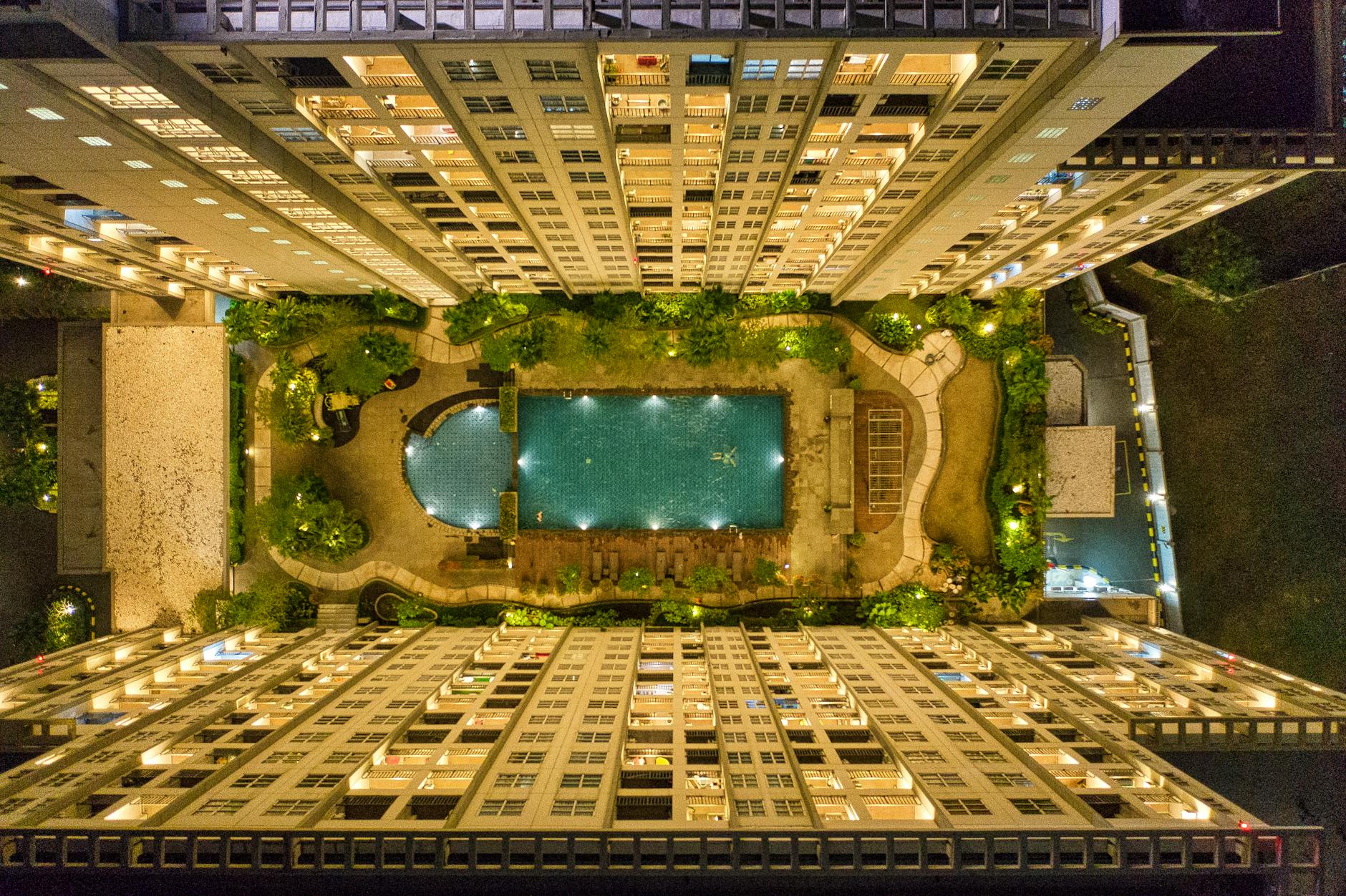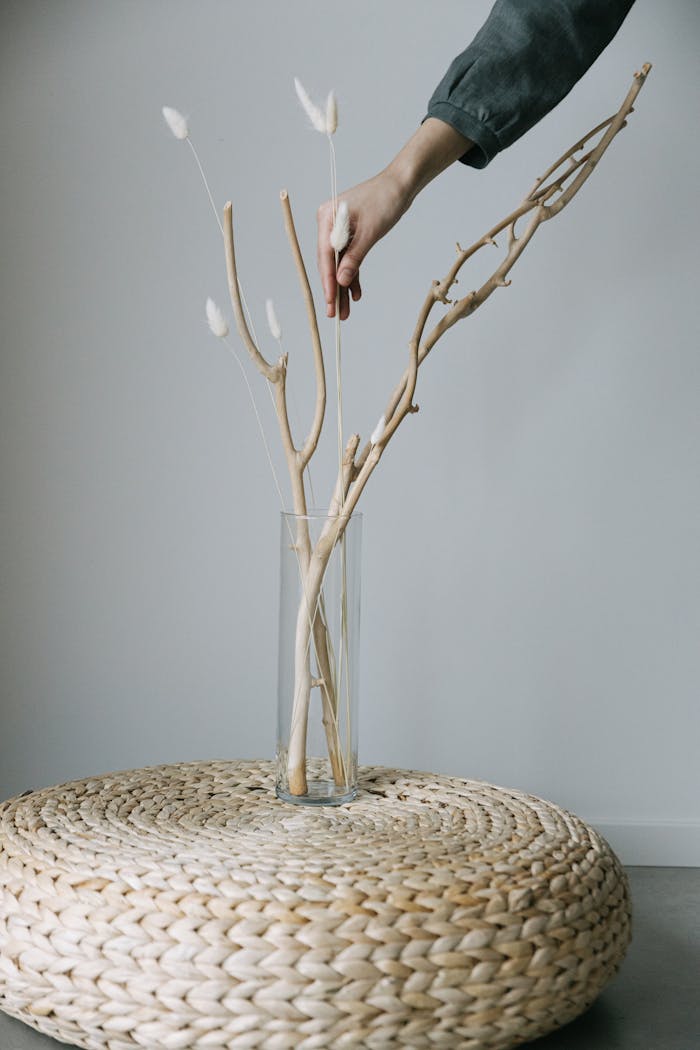Artificial grass has become a popular choice for designing rooftop gardens, offering a low-maintenance alternative to natural grass while still providing a lush and green environment. In this article, we explore the best tips for incorporating artificial grass into rooftop garden designs, ensuring a beautiful and functional outdoor space that can be enjoyed year-round.
Benefits of Artificial Grass in Rooftop Garden Design
Artificial grass offers numerous benefits when used in rooftop garden designs. One of the key advantages is its low maintenance requirements. Unlike natural grass, artificial grass does not need mowing, watering, or fertilizing, making it an ideal choice for rooftop environments where access to traditional gardening tools and water sources may be limited. Additionally, artificial grass provides a consistent green appearance throughout the year, enhancing the visual appeal of the rooftop garden.
Choosing the Right Artificial Grass
When selecting artificial grass for a rooftop garden design, it is essential to consider factors such as pile height, color, and density. Opt for a higher pile height to create a more luxurious look and feel, while choosing a shade of green that complements the overall design aesthetic of the rooftop garden. Additionally, selecting artificial grass with a high density will ensure a realistic and natural appearance.
Installation Tips for Artificial Grass on Rooftop Gardens
Proper installation is crucial to the success of incorporating artificial grass into rooftop garden designs. Before installing the artificial grass, ensure that the rooftop surface is clean, level, and free of any debris. Use a geotextile membrane to prevent weed growth and promote drainage. When laying the artificial grass, be mindful of the seams and ensure they are properly secured to prevent shifting or lifting.
Designing with Artificial Grass
Artificial grass can be used in various creative ways to enhance the design of rooftop gardens. Consider incorporating artificial grass as a focal point, such as a small putting green or seating area. Mixing artificial grass with other hardscape elements, such as pavers or decking, can create visual interest and contrast. Additionally, using artificial grass in combination with planters and vertical gardens can add depth and texture to the rooftop garden design.
Maintenance and Care
While artificial grass is low maintenance compared to natural grass, it still requires regular care to ensure its longevity and aesthetic appeal. To maintain artificial grass in rooftop gardens, regularly remove debris, such as leaves and dirt, using a leaf blower or gentle brush. Rinse the artificial grass periodically with water to remove dust and maintain its lush appearance. Avoid using harsh chemicals or cleaners on artificial grass, as these can damage the fibers and affect its color.
Conclusion
In conclusion, artificial grass offers a versatile and practical solution for designing rooftop gardens. By following the tips outlined in this article, you can create a stunning rooftop garden that is both visually appealing and easy to maintain. Whether used as a primary ground cover or as an accent element, artificial grass can transform rooftop spaces into vibrant and inviting outdoor retreats.Consider incorporating artificial grass into your rooftop garden design to enjoy a beautiful and functional outdoor space year-round.


